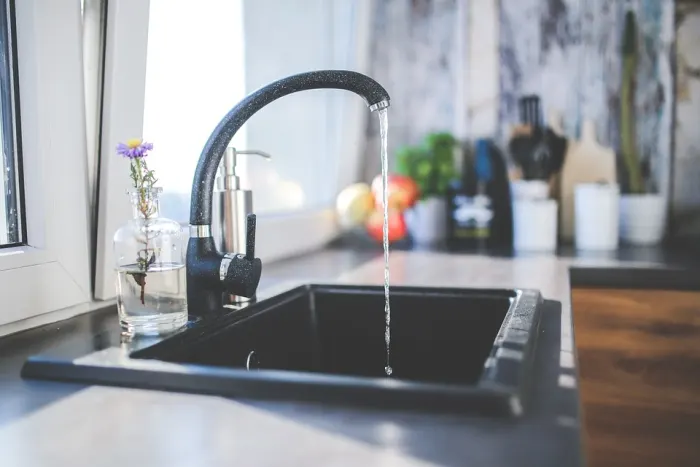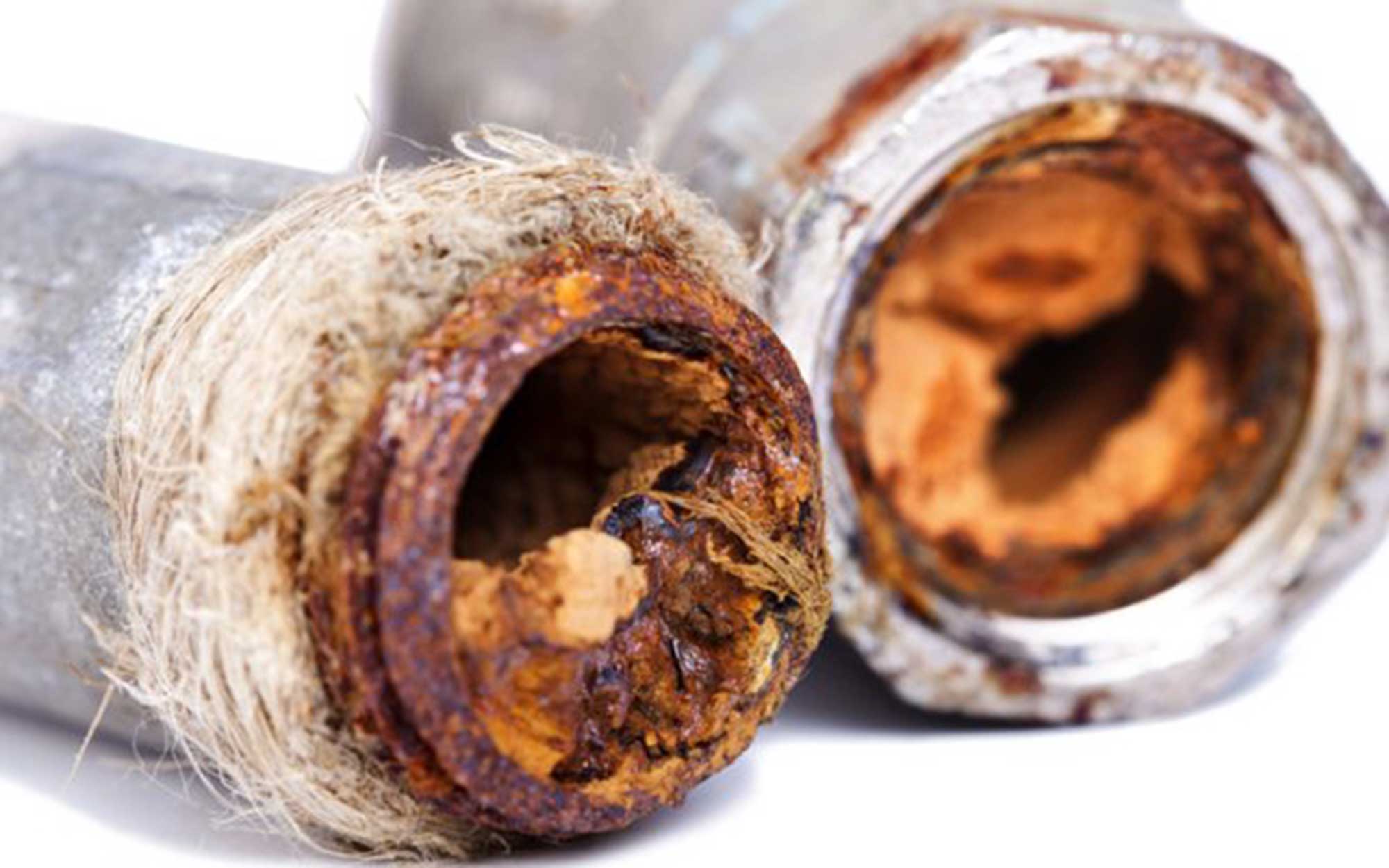In this article below you'll find a bunch of incredibly good additional info relating to How To Fix Noisy Pipes.

To detect noisy plumbing, it is important to identify initial whether the undesirable sounds happen on the system's inlet side-in other words, when water is transformed on-or on the drainpipe side. Sounds on the inlet side have actually varied causes: extreme water stress, used shutoff and faucet parts, incorrectly attached pumps or various other appliances, incorrectly put pipe fasteners, as well as plumbing runs having way too many tight bends or other restrictions. Noises on the drainpipe side normally originate from inadequate location or, as with some inlet side noise, a layout having limited bends.
Hissing
Hissing noise that occurs when a faucet is opened slightly typically signals extreme water pressure. Consult your regional public utility if you presume this issue; it will be able to tell you the water pressure in your area as well as can install a pressurereducing valve on the incoming water supply pipe if necessary.
Other Inlet Side Noises
Creaking, squeaking, damaging, breaking, as well as tapping normally are triggered by the growth or contraction of pipes, typically copper ones supplying hot water. The audios happen as the pipelines slide against loosened bolts or strike neighboring home framing. You can often determine the area of the issue if the pipes are revealed; simply follow the audio when the pipes are making sounds. Most likely you will certainly discover a loosened pipe wall mount or an area where pipelines lie so near floor joists or other mounting items that they clatter against them. Affixing foam pipe insulation around the pipelines at the point of get in touch with should treat the issue. Make certain bands and wall mounts are secure and also provide appropriate assistance. Where possible, pipeline fasteners ought to be connected to substantial structural components such as structure walls as opposed to to framing; doing so decreases the transmission of vibrations from plumbing to surface areas that can enhance and transfer them. If affixing fasteners to framework is unavoidable, cover pipelines with insulation or other resistant material where they contact bolts, and sandwich completions of new bolts between rubber washing machines when installing them.
Correcting plumbing runs that struggle with flow-restricting limited or many bends is a last hope that ought to be undertaken just after seeking advice from a competent plumbing contractor. However, this situation is rather typical in older residences that may not have been constructed with interior plumbing or that have seen numerous remodels, particularly by novices.
Chattering or Shrilling
Intense chattering or screeching that takes place when a valve or tap is activated, which usually goes away when the fitting is opened fully, signals loosened or malfunctioning interior parts. The solution is to change the shutoff or faucet with a brand-new one.
Pumps and also devices such as washing devices as well as dishwashers can transfer electric motor sound to pipes if they are improperly attached. Connect such things to plumbing with plastic or rubber hoses-never inflexible pipe-to isolate them.
Drain Noise
On the drain side of plumbing, the principal objectives are to get rid of surfaces that can be struck by falling or hurrying water and also to protect pipes to include unavoidable sounds.
In brand-new building, tubs, shower stalls, toilets, and wallmounted sinks and also containers ought to be set on or against resistant underlayments to minimize the transmission of audio via them. Water-saving commodes as well as faucets are less noisy than conventional versions; mount them rather than older types even if codes in your area still permit making use of older components.
Drains that do not run vertically to the cellar or that branch right into straight pipe runs supported at floor joists or various other mounting present particularly frustrating noise troubles. Such pipelines are large enough to emit significant vibration; they also lug substantial quantities of water, which makes the situation even worse. In brand-new building, specify cast-iron dirt pipes (the huge pipelines that drain commodes) if you can manage them. Their massiveness contains a lot of the noise made by water passing through them. Additionally, prevent transmitting drains in walls shown to bed rooms and spaces where people collect. Walls containing drains should be soundproofed as was defined earlier, making use of dual panels of sound-insulating fiberboard and also wallboard. Pipes themselves can be covered with special fiberglass insulation created the function; such pipes have a resistant vinyl skin (occasionally consisting of lead). Results are not constantly satisfactory.
Thudding
Thudding sound, often accompanied by trembling pipes, when a tap or appliance shutoff is turned off is a problem called water hammer. The noise as well as resonance are caused by the resounding wave of pressure in the water, which unexpectedly has no area to go. In some cases opening up a valve that releases water quickly into an area of piping containing a limitation, elbow, or tee installation can produce the very same condition.
Water hammer can typically be healed by installing installations called air chambers or shock absorbers in the plumbing to which the trouble valves or faucets are attached. These devices permit the shock wave created by the halted circulation of water to dissipate in the air they consist of, which (unlike water) is compressible.
Older plumbing systems may have brief vertical areas of capped pipe behind wall surfaces on tap runs for the very same objective; these can eventually full of water, minimizing or damaging their effectiveness. The remedy is to drain pipes the water system completely by turning off the major water supply valve as well as opening up all taps. After that open the main supply shutoff as well as shut the faucets one at a time, starting with the faucet nearest the shutoff and also ending with the one farthest away.
If Your Plumbing is Making These Sounds, There’s a Problem
A Bang or Thump When You Turn Off a Faucet
If a loud bang or thump greets you each time your turn off running water, you likely have a water hammer. A water hammer occurs when the water velocity is brought to a halt, sending a shock wave through the pipe. It can be pretty jarring — even worse, damaging to your plumbing system. All that thudding could loosen connections.
Strange Toilet Noises
You’re so familiar with the sounds your toilet makes that your ears will be attuned to anything out of the ordinary. Fortunately, most unusual toilet noises can be narrowed down to just one of several problems.
Foghorn sound:
Open the toilet tank Flush the toilet When you hear the foghorn noise, lift the float to the top of the tank If you’re ambitious, you can remove the ballcock valve and disassemble it to replace the washer. Or you can more easily replace the ballcock valve entirely. This device is relatively inexpensive and available at most any hardware store.
Persistent hissing:
The hissing following a flush is the sound of the tank filling. It should stop once the tank is full. But if the hissing continues, it’s likely because water is leaking out of the tank. The rubber flap at the bottom of the tank can degrade, letting water slip through and into the bowl. That’s why the tank is refilling continuously. Fortunately, this is an easy fix:
Cut the water to the toilet by closing the shutoff valve on the water supply line. Flush the toilet to drain the tank. Disconnect the flapper Attach the new flapper Gurgling or bubbling:
Gurgling or bubbling suggests negative air pressure in the drain line, likely resulting from a clog. As air releases, it causes the water in the toilet to bubble. This could either be a minor issue or a major one, depending on the clog’s severity. Clogs can be caused by toilet paper or more stubborn obstructions such as tree roots. If you can’t work out the clog with a plunger, contact a professional plumber for assistance because a clog of this magnitude could lead to filthy and unsanitary sewage backups in your sink bathtub.

We had been introduced to that write-up on Why is My Home Making Strange Plumbing Noises through an acquaintance on another web page. So long as you enjoyed our article please don't forget to pass it around. I recognize the value of reading our article about Why Do My Pipes Make Noises.
Request An Appointment